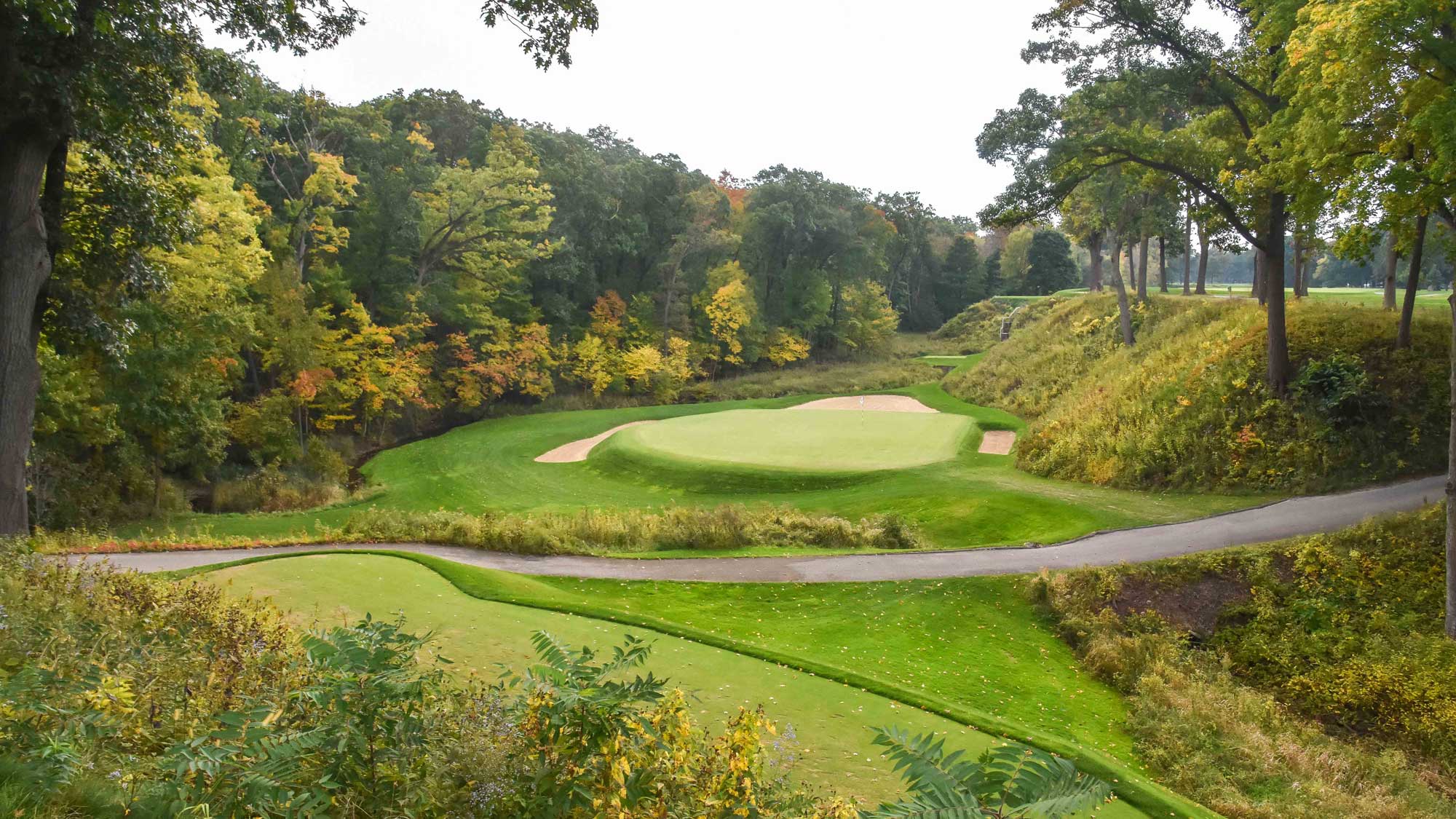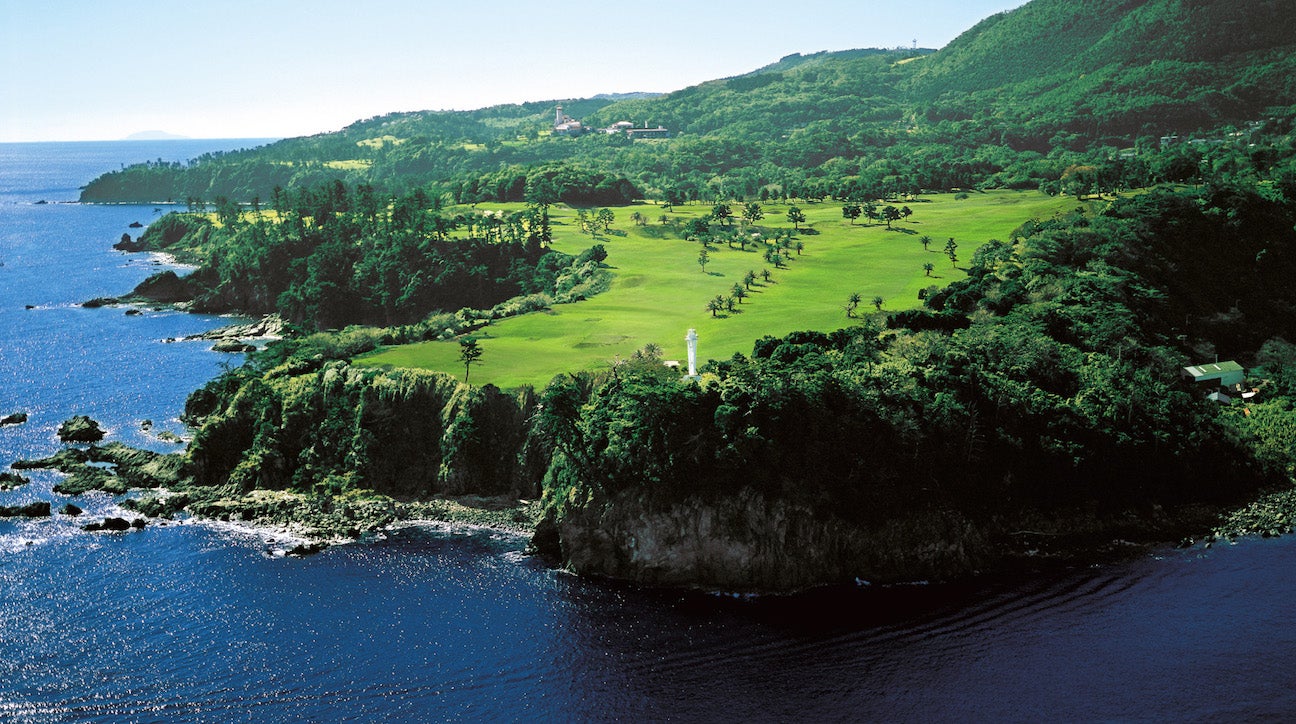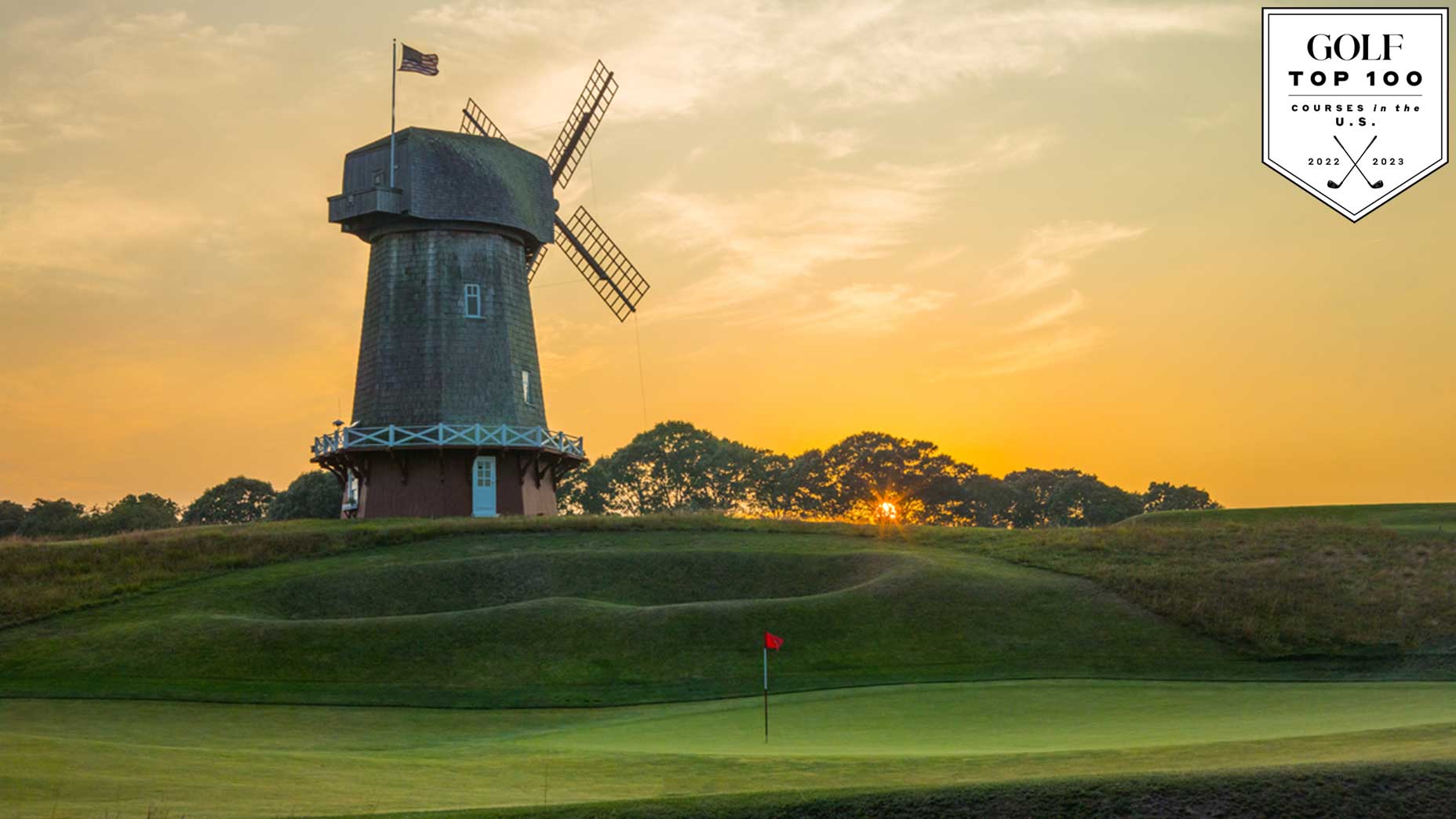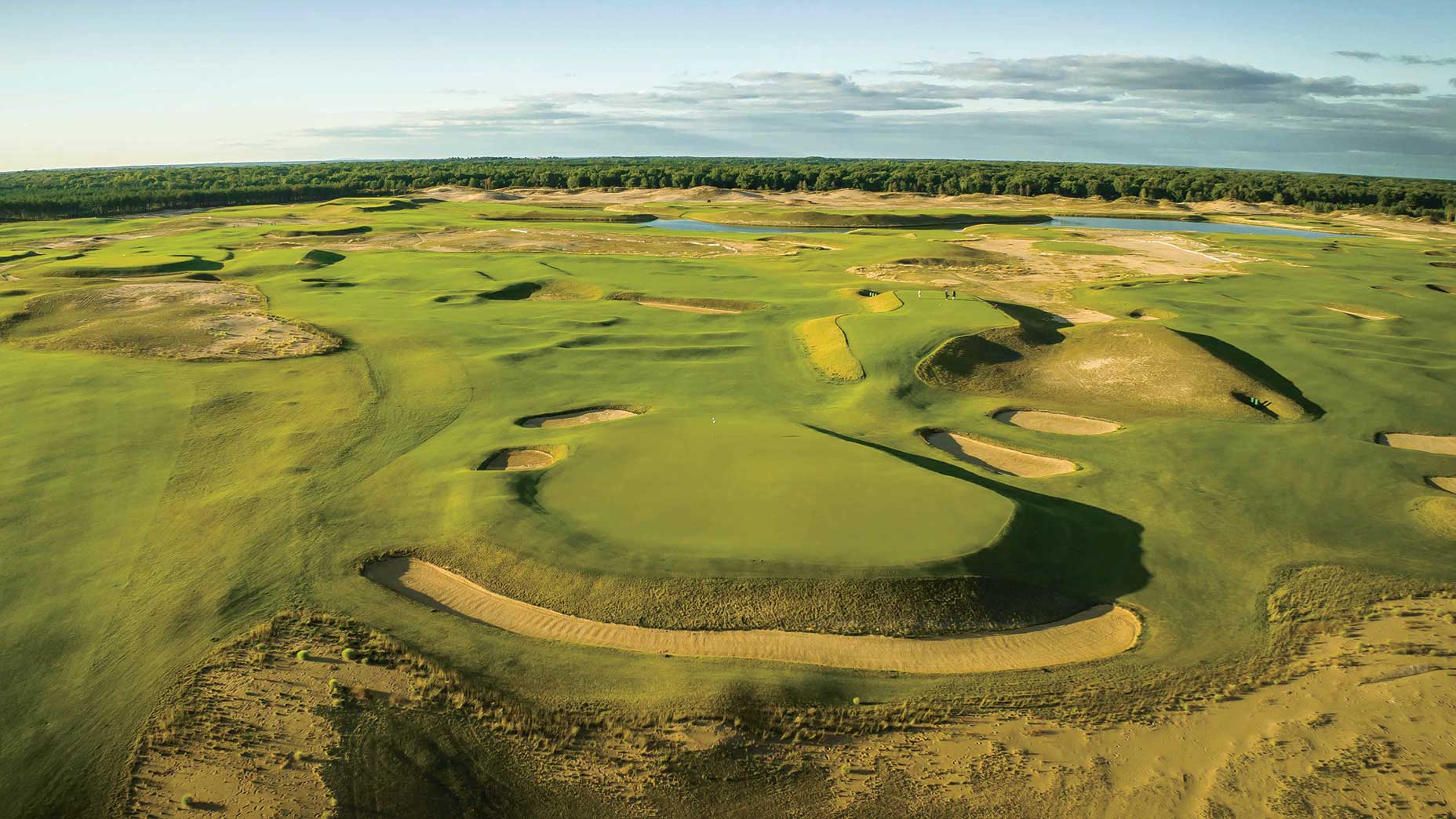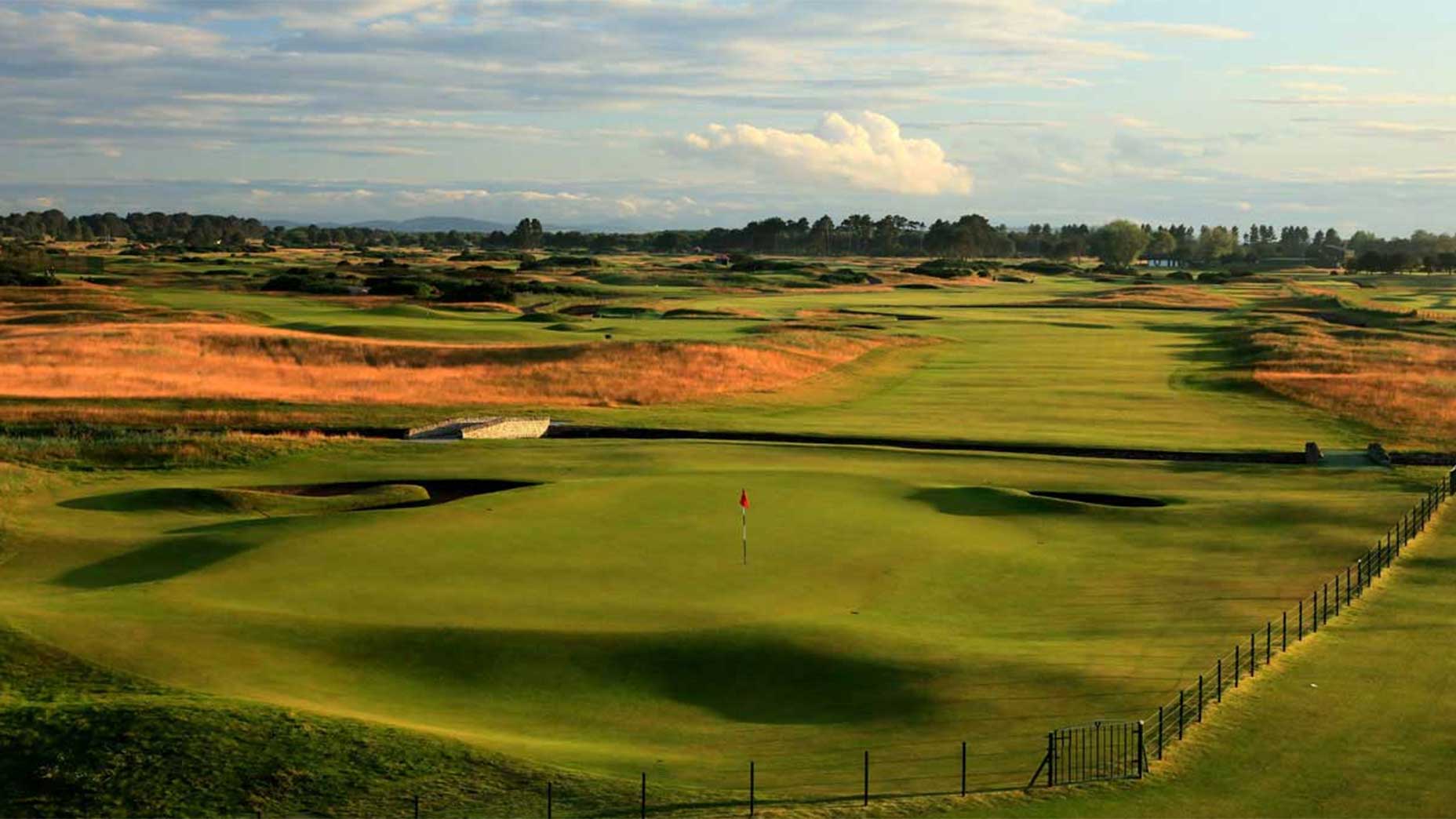As part of GOLF’s course rating process for 2022-23, our fleet of 100-plus expert panelists identified the best golf courses in South Carolina. Browse the links below to check out all of our course rankings, or scroll down to see the best courses in South Carolina.
GOLF’s other course rankings: Top 100 Courses in the World | Top 100 Courses in the U.S. | Top 100 Courses You Can Play | Top 100 Value Courses in the U.S. | America’s Best Municipal Courses | The 100 Best Short Courses in the World
SYMBOL GUIDE
1 = Top 100 Course in the U.S.
P = Public/Resort Course
V = Top 100 Value Course in the U.S.
M = Top 30 Municipal Course in the U.S.
Ed. note: Some courses were omitted from our rankings because they did not receive enough votes.
The best golf courses in South Carolina (2022/2023)
1. Kiawah Island – Ocean Course (Kiawah Island) [1, P]
The blend of tidal marshes, scrub-topped dunes, live oaks and the soothing sound of the Atlantic on every hole make this one of the South’s most memorable playing experiences. Though the course just turned 30 years old, it already has an illustrious history of hosting big-time events, none more memorable than the drama-filled 1991 “War by the Shore” Ryder Cup. Much more short grass has been added around the green complexes since then and now the design is more thought-provoking rather than terror-inducing. Many of its greens are plateaued, with some of the more pronounced coming on the 3rd, 11th and 14th holes. Phil Mickelson more than handled the putting surfaces on his way to his historic win at the 2021 PGA Championship.
2. Yeamans Hall (Hanahan) [1]
Marrying classic Seth Raynor design with coastal South Carolina topography, Yeamans presents a charming tour of Redan, Biarritz and Road holes woven through marshland and magnificent live oaks. Over the years, the course’s original wonder faded as bunkers grew in and green complexes shrank. But a two decade-long renovation based on Raynor’s original property maps — discovered in the clubhouse attic — has returned this Golden Age masterpiece to its original brilliance.
3. Harbour Town (Hilton Head Island) [1, P]
The professionals weren’t sure what to make of Harbour Town when they first tangled with it in 1969. Unlike other courses built in that timeframe, this design by Nicklaus and Dye didn’t rely on length as much as it did in demanding accuracy off the tee as the golfer shaped shots around live oaks and stately pines. Precise iron play on the uniquely configured greens was also a must. But soon pros found standout holes abound, including the V-shaped green at the short 9th and the finishing stretch from 13 in. Pete and Alice Dye’s trip to Scotland in the mid-1960s proved the genesis for bulwarking the 13th green with railroad ties. Even 50+ years after the course opened, Harbour Town’s exemplar holes remain as compelling and interesting as anything modern architecture has to offer.
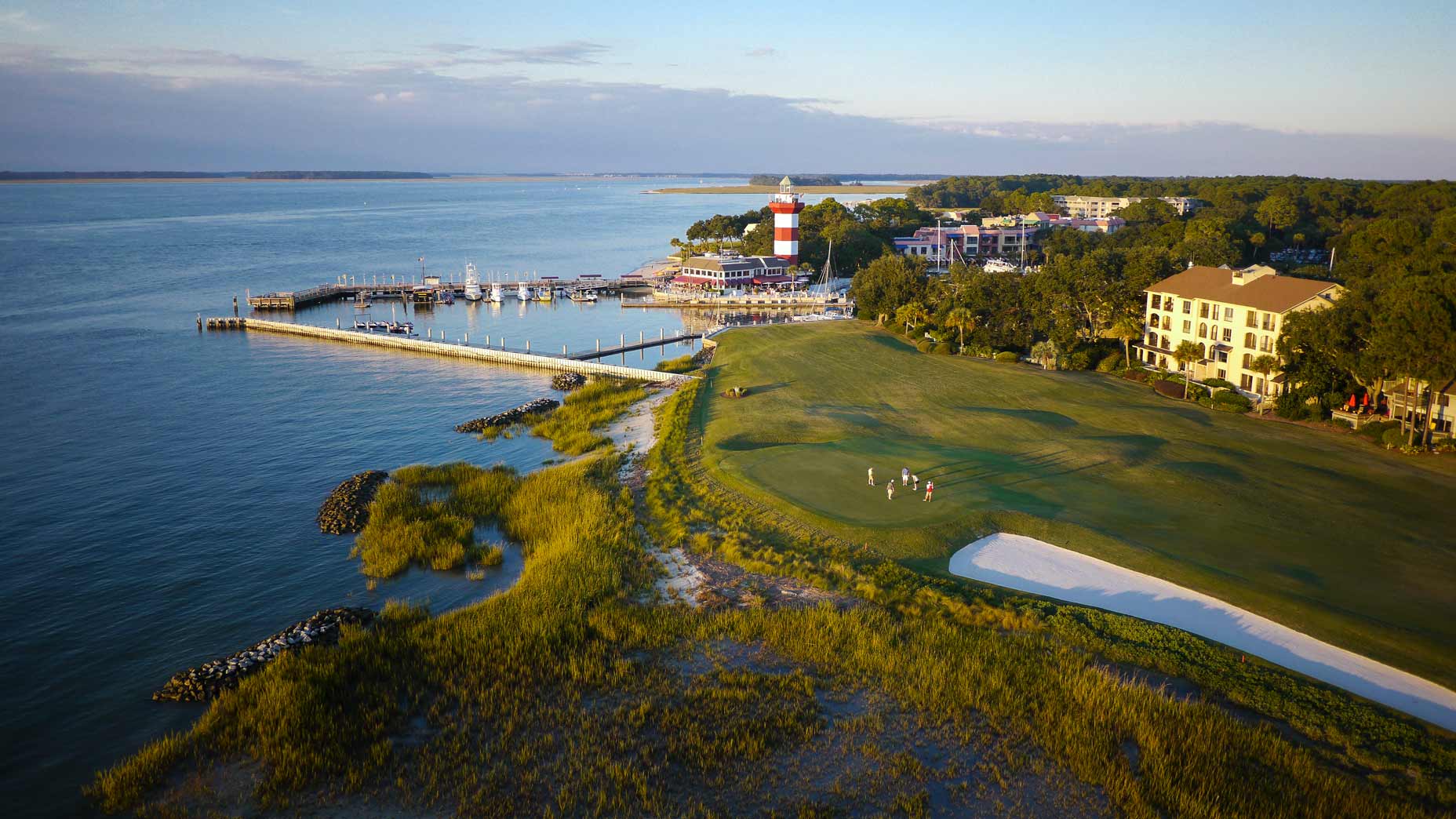
4. Congaree (Ridgeland) [1]
The number of par-4s on a course generally outnumber its par-5s and par-3s, and as such, go a long way in defining a course’s quality. The better the range of such holes, the better the course. From two of Fazio’s all-time finest short two-shotters (the 3rd and 15th) to some of his best long ones (the 6th, 11th and 17th) this design excels. Layer on the club’s desire for the fastest, firmest playing surfaces possible and the course flourishes.
5. Palmetto GC (Aiken) [1]
One of the great starts to the game with a series of diverse two-shotters leading the golfer well away from the Stanford White clubhouse. Each green is so good, and no surprise why: Alister MacKenzie lent a hand to them when he was working in neighboring Augusta. Picking favorite holes is difficult in the wake of Gil Hanse’s excellent restoration. Two of the best, though, are the one-shot 7th, with its shelf green reminding many of the 6th at Royal Dornoch, and the par-5 14th, which falls downhill in the most appealing manner imaginable. The finish is fascinating, too, with a couple of short par-4s in the final four. That works at Prestwick in Scotland, and it works here too.
6. Long Cove (Hilton Head Island)
7. Chechessee Creek (Okatie)
8. Secession (Beaufort)
9. CC of Charleston (Charleston)
10. Sage Valley (Graniteville)
11. May River – Palmetto Bluff (Bluffton)
12. The Dunes (Myrtle Beach) [P]
13. Kiawah Island – River (Kiawah Island)
14. Bulls Bay (Awendaw)
15. Caledonia (Pawleys Island) [P]
16. Kiawah Island – Cassique (Kiawah Island)
17. Greenville – Chanticleer (Greenville)
18. Camden (Camden)
19. Old Tabby Links (Okatie)
20. Musgrove Mill (Clinton)
How we rank our courses
For GOLF’s course rankings lists, each panelist is provided a list of hundreds of courses and “buckets,” or groupings. If they believe the course to be among the best in its category (World, U.S. Value, etc.), they check the corresponding box to place it in a specific bucket. Panelists are also free to write in courses they felt should have been included on the ballot. Points were assigned to each bucket; to arrive at an average score for each course, we divide its aggregate score by the number of votes. From those point tallies, the courses are then ranked accordingly.
The key to the process is the experience and expertise of our panel. Hailing from 15 nations and all the worldwide golf meccas, each of our 115 handpicked panelists has a keen eye for architecture, both regionally and globally. Many of our panelists have played more than 1,000 courses in 20-plus countries.
Because we don’t prescribe a set method to assess courses as other ranks do, no one opinion carries the day — our rank is a democracy. Some panelists believe that enjoyment is the ultimate goal, and thus prioritize design attributes such as width and playing angles, while frowning on upon having to constantly hunt for balls in thick rough. Other panelists value challenge and the demands of hitting every club in the bag. Still others consider a course’s surroundings and overall environment of paramount importance, thereby emphasizing the setting and naturalness of the course. In the end, allowing raters to freely express their tastes is what produces the desired eclecticism in our Top 100 lists.
Panelist integrity is vital. Voters with any ties or associations to eligible courses must flag such conflicts. Panelists also know not to let the quality of their play influence their ballot — same for a luxe experience or clubhouse. While opulence may make for a more a memorable outing, it’s not what GOLF’s course lists are about. Our focus is on design and architecture. We study the course, not the trappings around it.
Need help unriddling the greens at your home course? Pick up a custom Green Book from 8AM Golf affiliate GolfLogix.



